Tucked at the foot of the majestic Atlas Mountains, Marrakesh often called the Red City due to its rose-hued walls is a captivating blend of ancient tradition and vibrant modernity. As one of Morocco’s most iconic destinations, this imperial city offers a rich sensory experience: the aroma of spices wafting through bustling souks, the melodic call to prayer echoing from minarets, and the kaleidoscope of colors found in every corner of its medina. Whether you’re a history enthusiast, culinary adventurer, or luxury traveler, Marrakesh invites you to dive into its cultural wealth and dynamic energy.
Historical and Cultural Overview
Founded nearly a thousand years ago, Marrakesh has served as a religious, commercial, and cultural hub for centuries. The city’s heart is its UNESCO-listed medina, a labyrinth of narrow alleys, vibrant markets, and ancient architecture that narrate the story of Morocco’s past dynasties and diverse influences from Berber and Arab to Andalusian and French.
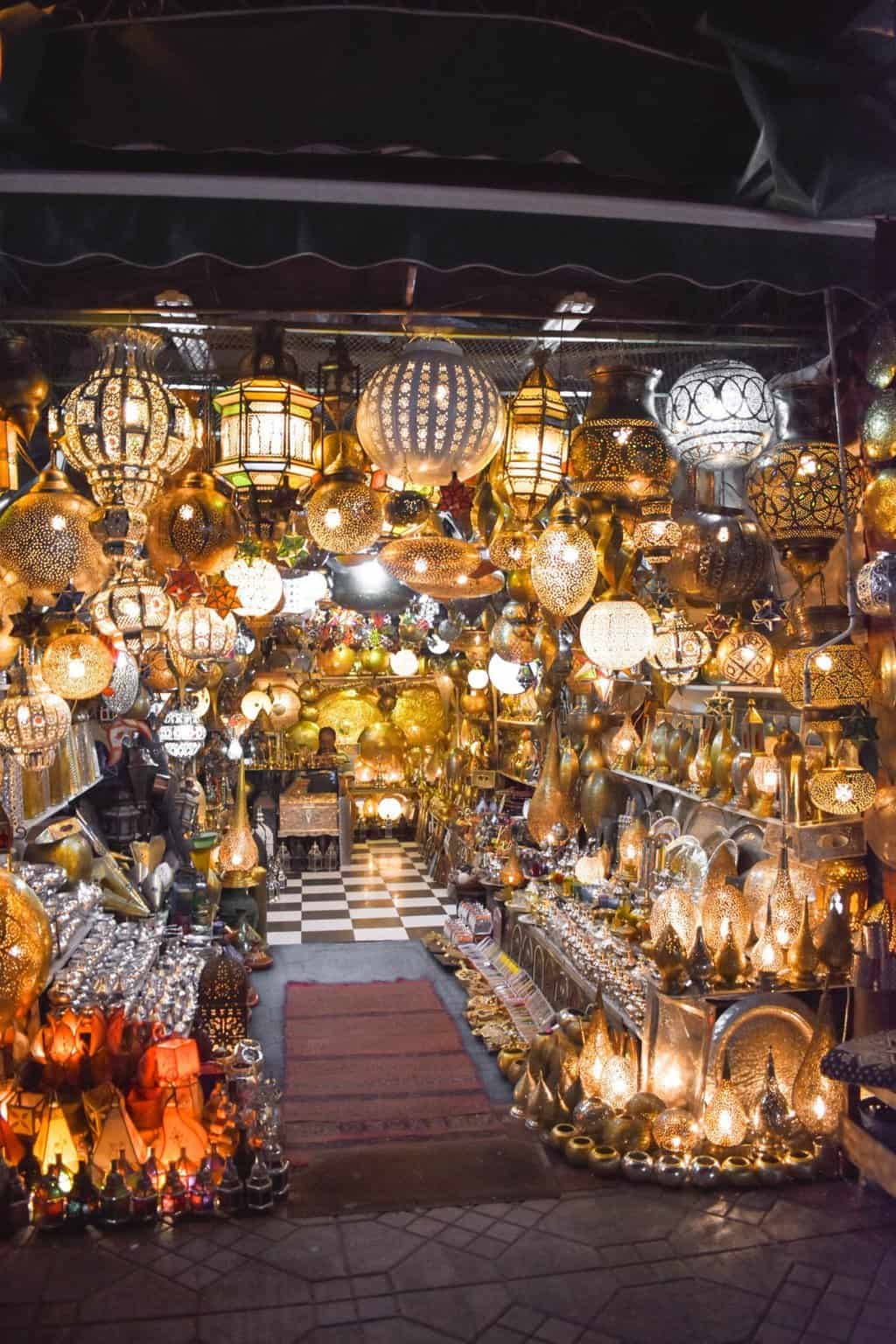
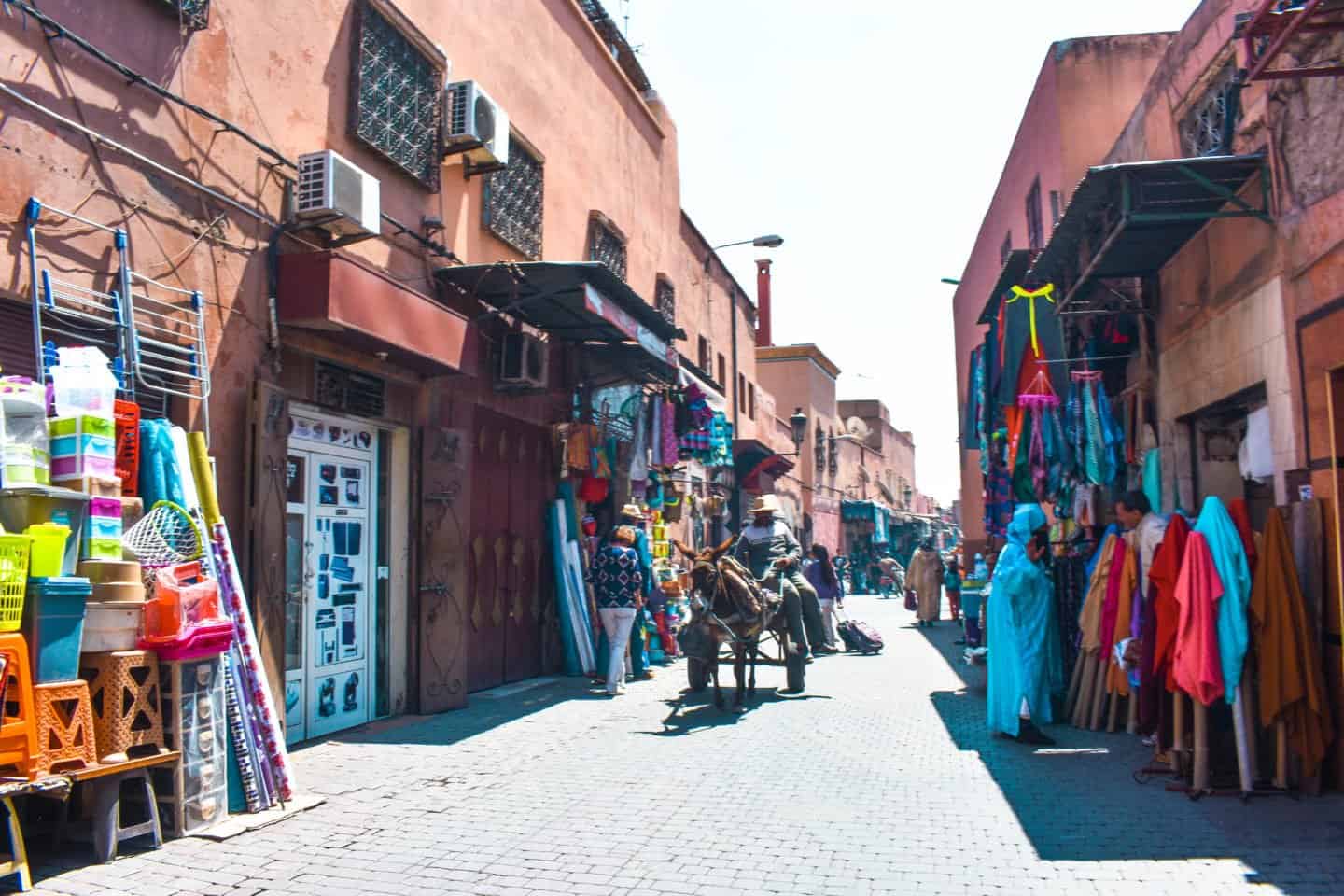

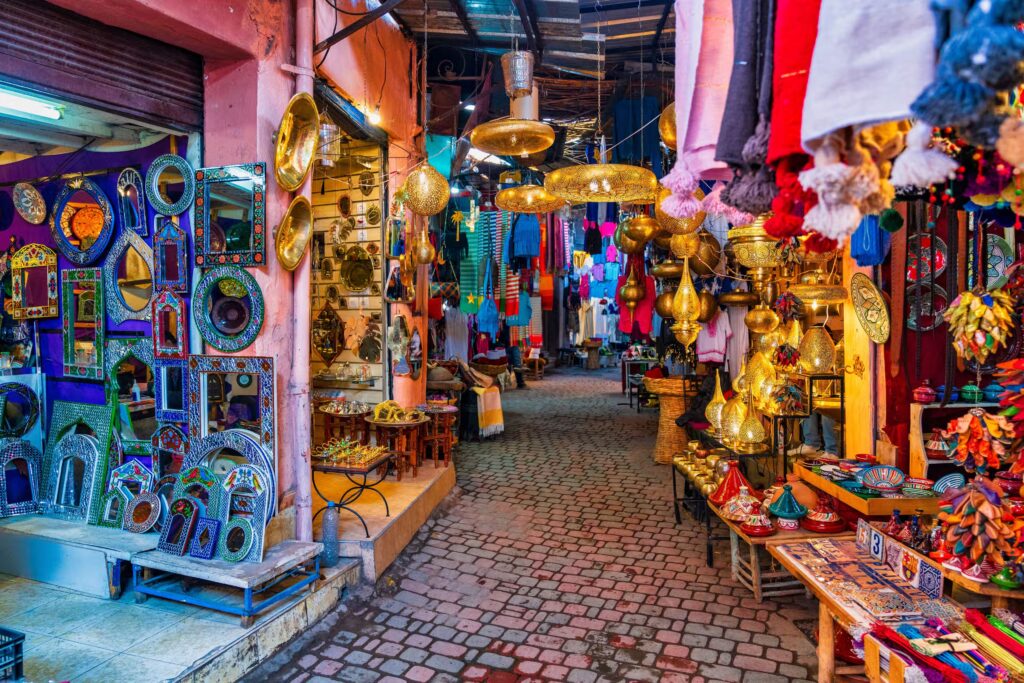
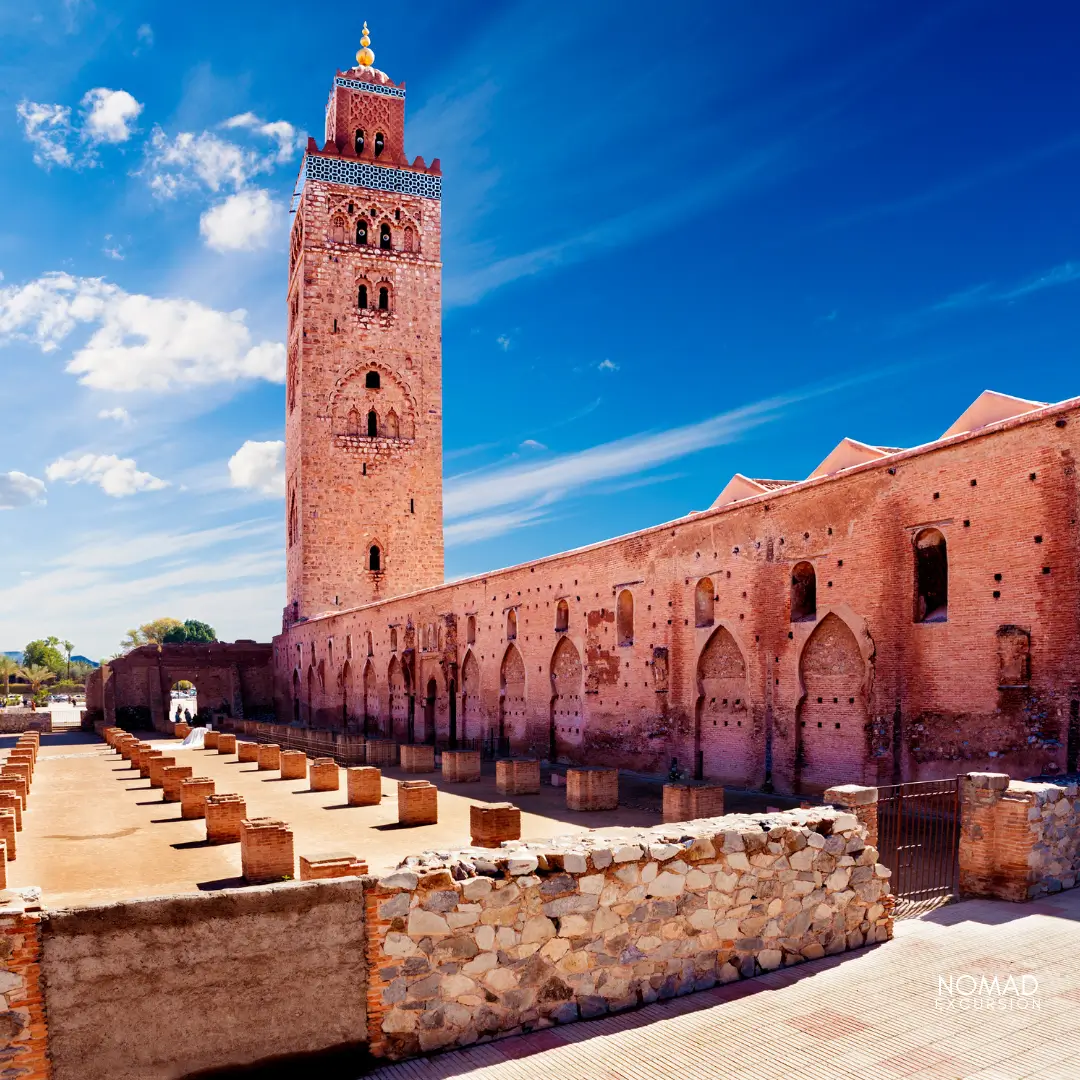

Key landmarks such as the Koutoubia Mosque, with its striking 77-meter minaret, and the Ben Youssef Madrasa, one of the most beautiful Islamic colleges in North Africa, showcase exquisite Islamic architecture and design.

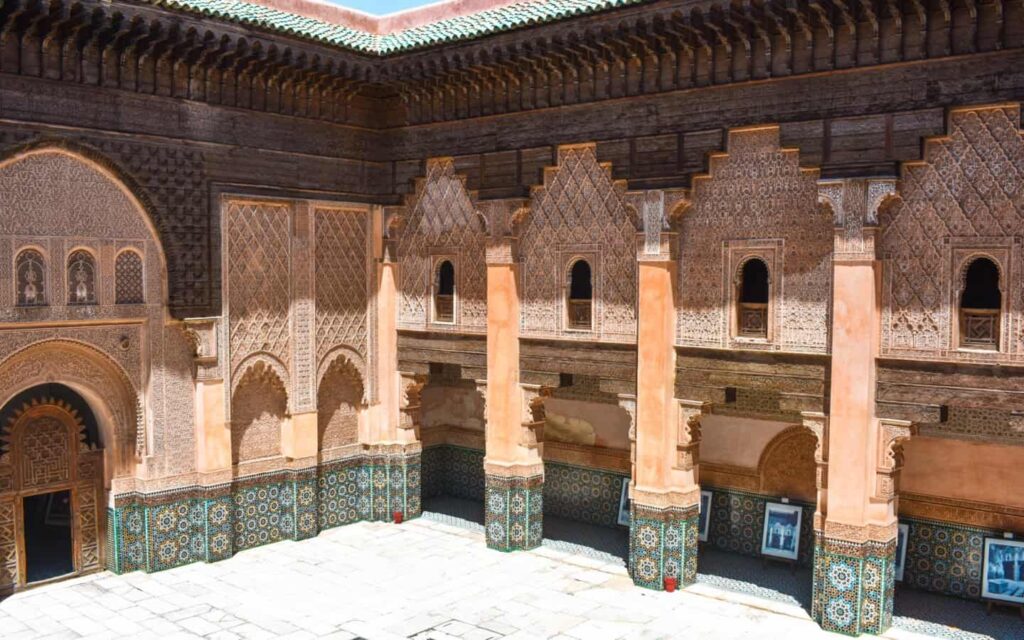
What to See and Do
1. Jemaa el-Fnaa Square
No visit to Marrakesh is complete without experiencing Jemaa el-Fnaa, the city’s central square and beating heart. By day, it buzzes with juice vendors, snake charmers, and henna artists. By night, it transforms into an open-air food market where the sounds of traditional music and sizzling grills fill the air.
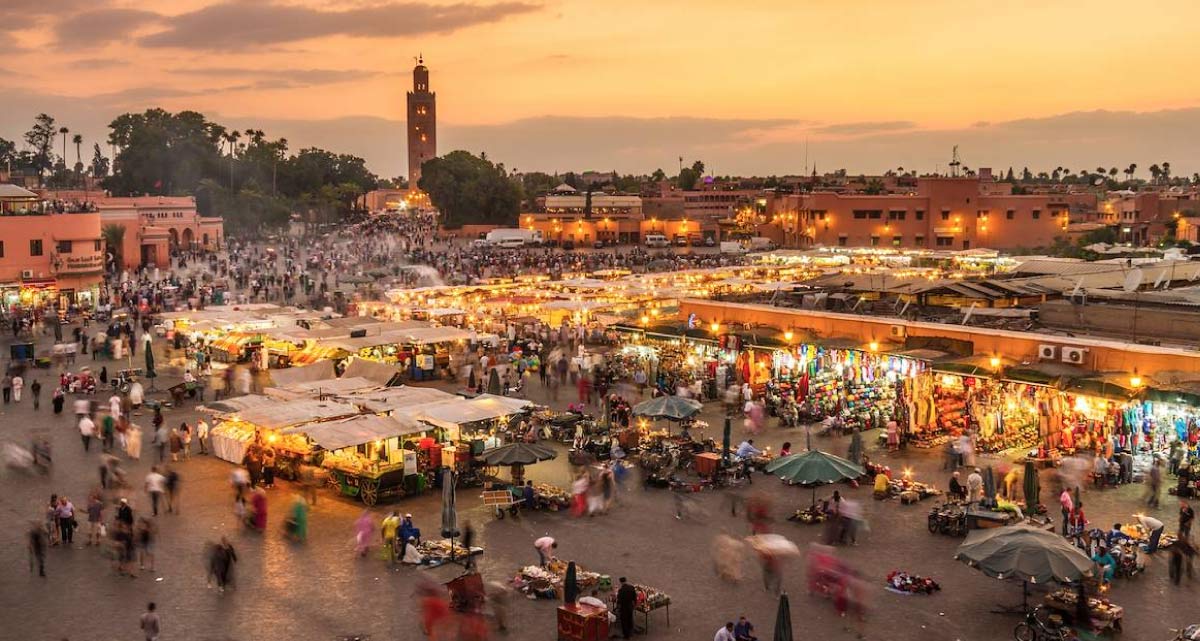
2. The Souks
Venture into the souks just north of the square to discover a maze of stalls selling everything from handwoven carpets and intricate lanterns to argan oil and traditional spices. Bargaining is part of the fun and expected in this lively marketplace.

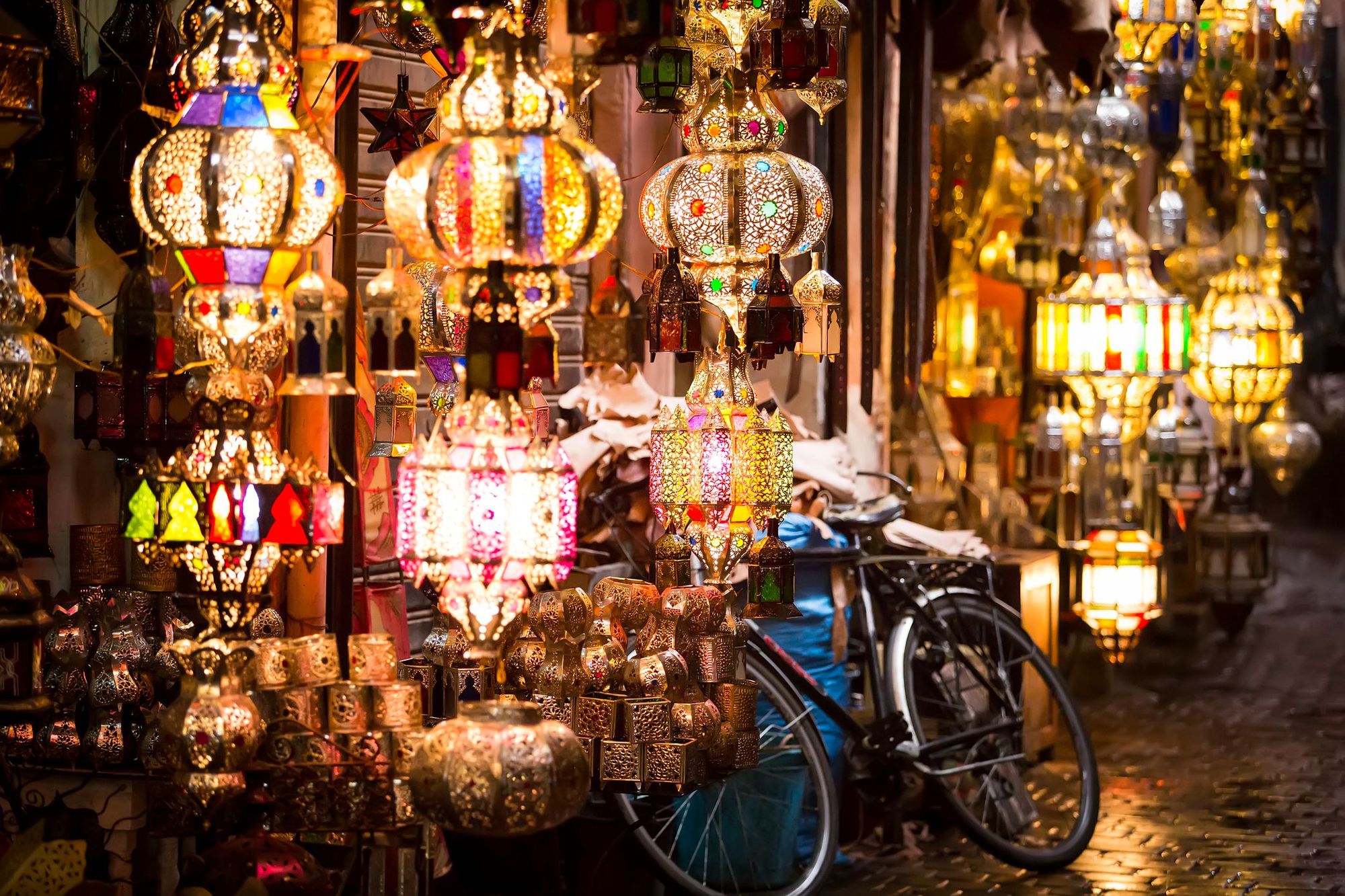
3. Bahia Palace and El Badi Palace
The Bahia Palace, with its stunning courtyards and zellige tilework, offers a glimpse into royal life during the 19th century. Nearby, the ruins of the once-glorious El Badi Palace stand as a powerful reminder of the Saadian dynasty’s opulence.
4. Majorelle Garden and Yves Saint Laurent Museum
Escape the medina’s chaos at the serene Majorelle Garden, a botanical masterpiece of cobalt blue buildings and exotic plants, once owned by designer Yves Saint Laurent. The adjacent YSL Museum showcases the couturier’s iconic work and connection to Moroccan aesthetics.
5. Traditional Hammams and Spas
For a unique wellness experience, indulge in a traditional Moroccan hammam, where exfoliating scrubs and steam baths offer both relaxation and cultural immersion. Many riads and spas provide modern takes on this ancient ritual.
Culinary Delights: What to Eat in Marrakesh
Moroccan cuisine is a feast for the senses, and Marrakesh is a top destination for culinary exploration.
Must-Try Dishes:
- Tagine: Slow-cooked stews made with lamb, chicken, or vegetables, infused with spices and often cooked in conical clay pots.
- Tangia: A Marrakshi specialty made with lamb or beef, slow-cooked in a clay urn-like pot with preserved lemon, garlic, cumin, and saffron. Traditionally prepared by men and slow-roasted in the hot ashes of communal ovens, tangia is rich, tender, and deeply flavorful.
- Couscous: Served with meat and vegetables, traditionally prepared on Fridays.
- Pastilla: A savory-sweet pastry filled with pigeon or chicken, almonds, and cinnamon.
- Harira: A tomato-based soup with lentils and chickpeas, especially popular during Ramadan.
Sweet Treats and Drinks:
- Chebakia: Sesame cookies coated in honey.
- Mint Tea: Known as “Moroccan whisky,” it’s a symbol of hospitality served throughout the day.
- Moroccan Sweets: A variety of pastries and cookies, often made with almonds, honey, orange blossom water, and sesame seeds. Popular examples include ghriba (crumbly cookies with almond or coconut), fekkas (twice-baked biscotti-like biscuits), briwat (almond-filled phyllo triangles), and kaab el ghazal (crescent-shaped cookies filled with almond paste and flavored with orange blossom).
For a deeper dive, consider taking a Moroccan cooking class or joining a street food tour to taste the city’s hidden culinary gems.
Where to Stay
From luxury hotels to traditional riads (Moroccan guesthouses), Marrakesh offers accommodations for every budget. Riads within the medina often feature intimate courtyards, mosaic-tiled pools, and rooftop terraces with stunning views of the city.
Top Recommendations:
- La Mamounia: A legendary luxury hotel known for its opulent décor and lush gardens.
- Riad Kniza: An award-winning boutique riad offering an authentic Moroccan experience.
- El Fenn: A stylish fusion of modern art and traditional design in the heart of the medina.
Best Time to Visit
The ideal time to explore Marrakesh is during the spring (March to May) and autumn (September to November) when temperatures are mild and pleasant. Summers can be extremely hot, especially in July and August, while winters are cooler but still enjoyable.
Travel Tips
- Dress Modestly: Respect local customs by covering shoulders and knees, especially in religious sites.
- Stay Hydrated: The climate is dry, so drink plenty of water throughout the day.
- Cash is King: Many small vendors only accept cash; Moroccan dirhams (MAD) are the local currency.
- Language: Arabic and French are widely spoken, but many people in the tourism industry also speak English.
Marrakesh is a city of contrasts ancient and modern, serene and chaotic, rustic and luxurious. Its magnetic energy draws travelers from all over the world, not just for its historic sites or tantalizing food, but for the stories etched into its walls and whispered through its winding alleys. Whether you’re sipping tea on a rooftop terrace, navigating the maze-like souks, or relaxing in a courtyard filled with orange blossoms, Marrakesh promises memories as vivid and colorful as the city itself.
Let Marrakesh enchant you one moment, one flavor, one mosaic at a time.

